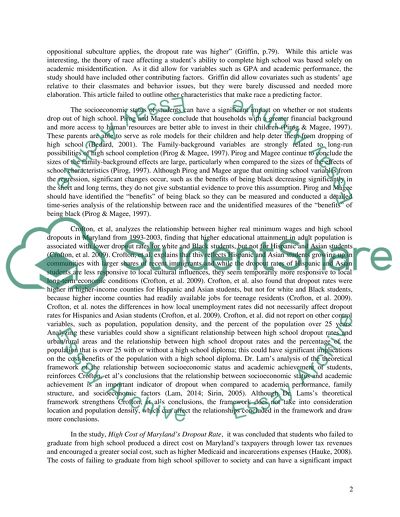Project Editiing Essay Example | Topics and Well Written Essays - 500 words. Retrieved from https://studentshare.org/english/1670601-project-editiing
Project Editiing Essay Example | Topics and Well Written Essays - 500 Words. https://studentshare.org/english/1670601-project-editiing.


